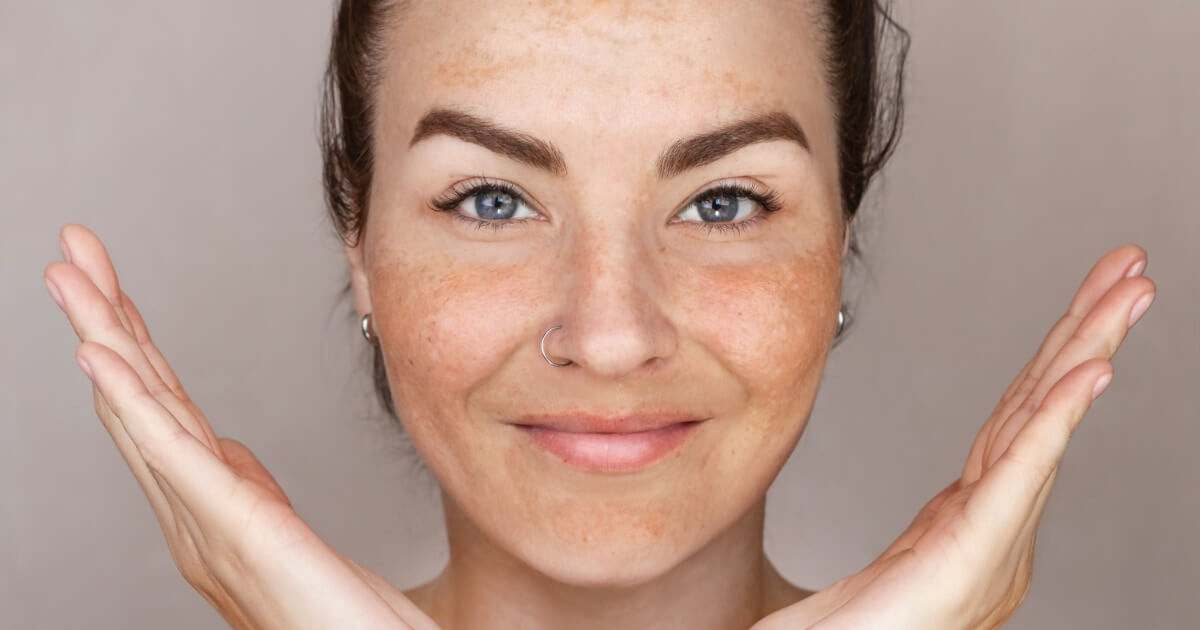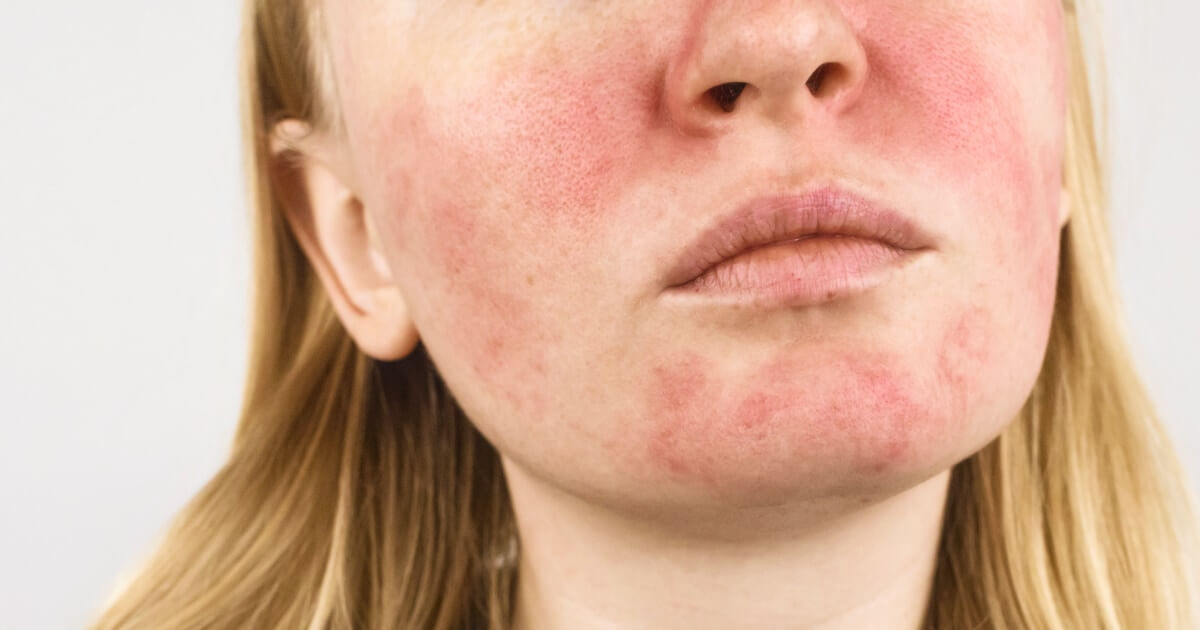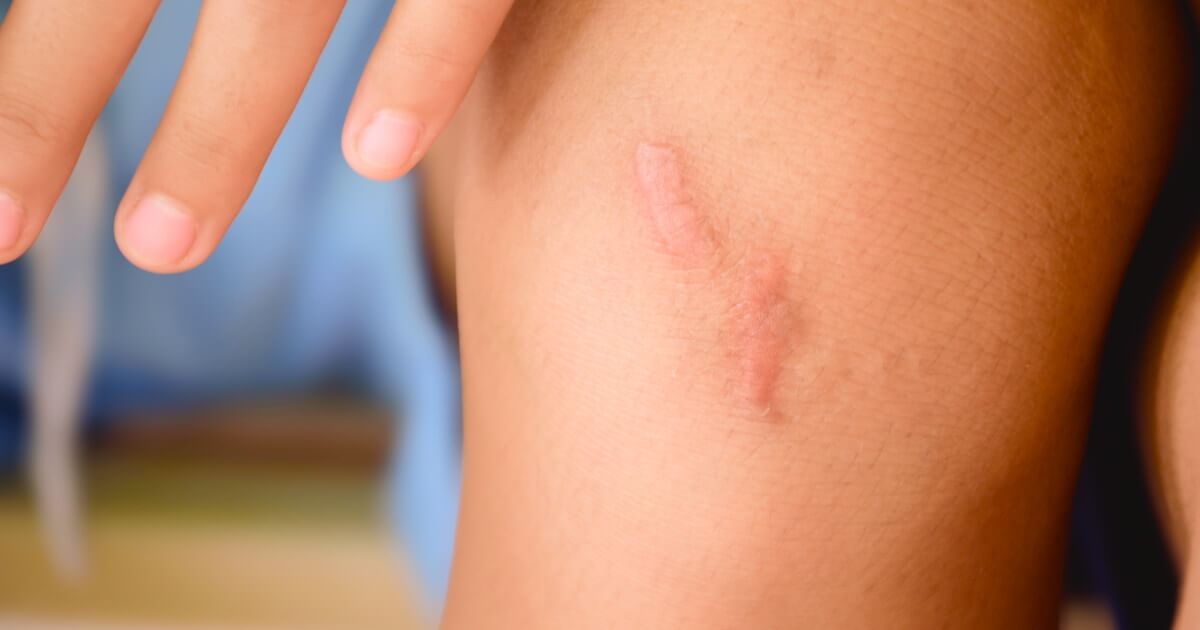Imagine your skin as a unique map, where each spot represents a your skin's response in front of the internal and external conditions to which you have been exposed. Far from being imperfections, these marks are complex signs that reveal information deep about our body.
From the García-Legaz Dermatological Institute We want to explore with you the main guys of spots on the skin, its peculiarities and the dermatological treatments cutting-edge technologies, such as lasers, that can make a difference and transform your skin.
Causes of stains
The fur, far from being a static element, is a living organ constantly evolving that reflects both our internal health like the external influences we experience over time.
Skin spots are alterations in pigmentation that arise as a result of the interaction of various factors, such as:
- Genetics: Heredity determines skin type, phototype and sun sensitivity, influencing the predisposition to hyperpigmentation.
- Hormonal changes: Pregnancy, contraceptives, or menopause can increase melanin, causing hormonal spots.
- Environmental exposure: UV radiation and environmental pollution cause cumulative damage and irregular pigmentation.
- Stress: It affects the skin barrier and alters the production of melanin, promoting the appearance of spots.
- Personal care: Lack of sun protection and inappropriate care routines contribute to their appearance.
Types of skin spots
These alterations in pigmentation can vary in size, shape and color and its appearance depends on factors different. Below, we present the stains most common that usually appear on the skin.
Melasma
Melasma is a stain grayish-brown which commonly appears in women, affecting areas such as:
- Forehead.
- Cheeks.
- Upper lip.
- Chin.
These spots, with irregular but defined edges, tend to intensify with age. sun exposure and are usually related to hormonal changes, such as pregnancy or the use of contraceptives.
The key to its management requires constancy in the treatment and a rigorous sun protection.
Solar lentigines
The solar lentigines They are small, flat, brown spots with clearly defined edges that usually appear on sun-exposed areas, such as the face, neckline, and hands.
“The origin of solar lentigines is due to cumulative damage from solar radiation over time.”
Although they are common with aging, prolonged sun exposure without protection can accelerate their appearance.
Freckles or ephelides
Freckles are small brown spots that usually appear from childhood, especially in people with fair skin. These spots are micro-lesions caused by pigment buildup and tend to intensify with sun exposure.
Its origin may be related to a genetic mutation on chromosome 4 or to the direct effect of solar radiation.

Post-inflammatory hyperpigmentation
Post-inflammatory spots appear after inflammatory processes on the skin, such as severe acne, burns or aggressive dermatological treatments and are caused by the overproduction of melanin in response to skin damage.
Although they are usually temporary, can persist for months if not treated properly.
Rosacea
The rosacea is a condition characterized by a facial redness persistent, especially on the cheeks and nose. This condition may be seen exacerbated by various triggers, such as sun exposure, consumption of spicy foods, stress or alcohol.
Rosacea requires a treatment Suitable for controlling symptoms, reducing inflammation and preventing flare-ups, as well as reddish spots and visible blood vessels typical of this condition.
Angiomas
The angiomas they are small red spots on the skin caused by dilated blood vessels and are benign, common and harmless lesions.
Although they are usually bright red in color, their size and shape can vary. Angiomas usually appear in areas such as the face, chest, or arms and, although they do not usually require treatment, they can be removed by aesthetic reasons or if they present discomfort.
Dermatological treatments
Treatment for skin blemishes varies depending on the guy, depth and the characteristics of your skin. Below, we present the most effective procedures for treating different pigmentations.
Depigmenting creams
The depigmenting creams, which contain ingredients such as hydroquinone, kojic acid or niacinamide, are effective for clarify light spots or complement more intense treatments.
It is important to use them under the dermatological supervision to avoid irritation.
Chemical peels
The peels They are an alternative that uses acids such as glycolic, mandelic or salicylic for exfoliate the skin in depth and promote its regeneration, being especially effective for superficial spots or melasma.
Laser, the most advanced technology
The use of lasers in dermatology has transformed the way of treating skin blemishes thanks to its precision and efficiency.
“The laser uses concentrated light which acts directly on the pigmented cells, breaking down excess melanin without damaging the surrounding skin.”
Some of the advantages of the dermatological laser, include:
- Fast and effective results: In just a few sessions, the spots disappear reduce either disappear.
- Personalization: the parameterization can be adjusted according to skin type, stain and depth.
- Additional benefits: stimulates the collagen production, improving the texture, firmness and luminosity of the skin.
In it García-Legaz Dermatological Institute, we use the Nordlys advanced technology, which combines IPL (intense pulsed light) and different lasers in a single platform.
- IPL Ellipse SWR: This technology is ideal for treating pigmentation problems, vascular lesions, rosacea, and skin damage. It stands out for its precision and versatility, using short and different pulses wavelengths to address various skin conditions.
- FRAX 1550 Laser: non-ablative fractional laser that, combined with IPL, improves results in the treatment of post-inflammatory spots, photorejuvenation and promotes more even and rejuvenated skin.
In short, skin spots not only affect appearance, but can also be a reminder of how we treat our skin. In it García-Legaz dermatological team We offer accurate diagnoses to select the solution most suitable, ensuring the health of your skin and natural and long-lasting results.
Bibiography
- Calatayud, JLT Hyperpigmentation: Causes and treatments for dark spots on the skin caused by sun exposure. https://www.doctoralia.es
- Baumann, L., Amini, S., & Weiss, E. (2005). New classification of skin types and its implications for cosmetic dermatology. Venezuelan Dermatology, 43(4). https://revista.svderma.org
- of seborrheic keratoses with Laser, E., with Laser, RDT, with Laser, EDV, for Stretch Marks, L., for Acne, L., & with Laser, TDHS Lentigines are more than just spots. https://unilasermedica.com




